Welcome to the emotional core of mobile engagement.
Mobile marketing is so much more than hitting the right screens at the right time — it’s about tapping into what drives people to act, to feel connected, and most importantly, to come back.
Mobile marketing is so much more than hitting the right screens at the right time — it’s about tapping into what drives people to act, to feel connected, and most importantly, to come back.
At its heart, mobile engagement is a two-way emotional exchange. Your users seek convenience, connection, and a go-to answer for routine hassles. As their chosen brand or app, you have the unique opportunity to satisfy those needs in a way that fosters a win-win scenario. By understanding the psychology behind why people engage in the first place, you begin unlocking entirely new ways to sustain retention, drive revenue, and cement relationships.
From loss aversion and the fear of missing out (FOMO) to the dopamine-driven joy of rewards and social validation… this guide will unlock the brainpower behind meaningful engagement so you can turn every insight into a no-brainer.
Imagine every tap, swipe, and notification not as a data point but as a moment to influence behavior and make a lasting impression. Whether a user is reaching for their phone out of habit, curiosity, or need, understanding these motivations can make all the difference between a forgettable interaction and a meaningful connection.
Simply put, the pain of losing something is often more intense than the pleasure of gaining something similar. In the context of mobile engagement, this means that your users are highly sensitive to anything they might miss out on — whether that’s a special offer, a new feature, or exclusive content.
The fear of missing out (FOMO) is a common and effective expression of loss aversion that you can strategically leverage to your advantage. By highlighting what users stand to lose if they don’t act — such as missing out on a limited-time sale or a dwindling number of reward points — you inspire quicker, more decisive behavior.
"Losses loom larger than gains."
— Amos Tversky and Daniel Kahneman
When implemented effectively, loss aversion campaigns can significantly reduce cart abandonment, lead to repeat revenue opportunities, and increase customer lifetime value (LTV). Successful loss aversion tactics have also been shown to improve retention rates, as users associate your app with valuable offers they don’t want to miss.
Use clear, urgent language like “Only 2 hours left!” or “Last chance to claim!” paired with repeated countdown timers to build real-time urgency.
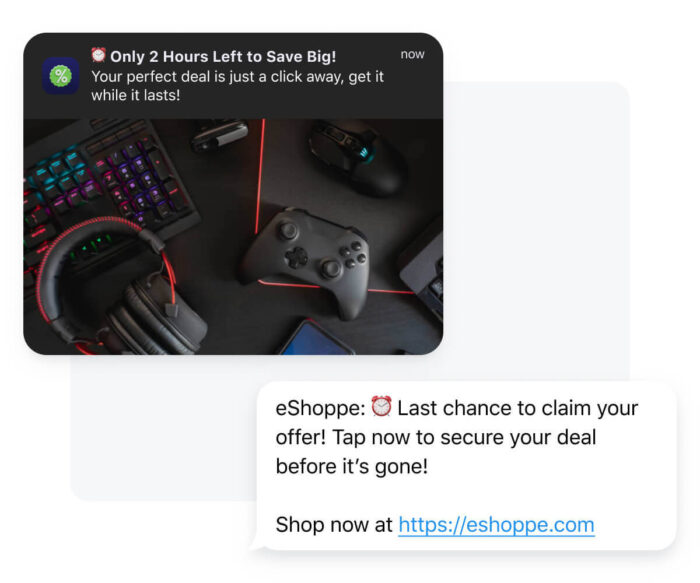
Feature pop-ups that show limited stock or exclusive access windows based on a user’s behavior within your app to make the offer feel more personal.
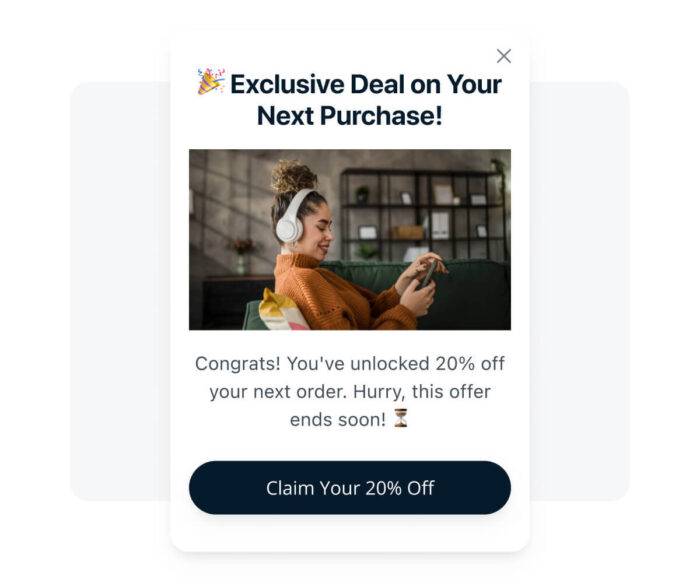
Send personalized reminders for abandoned carts with an added note that certain items may sell out soon, which can nudge users to complete their purchase.
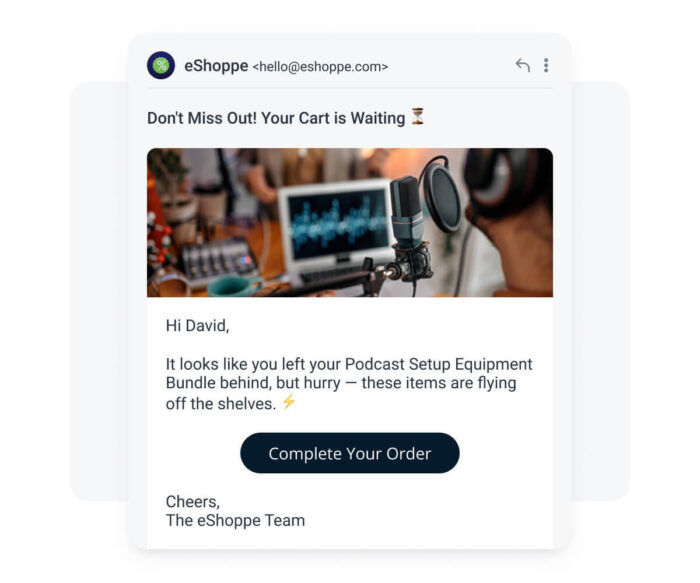
For users shopping on their browsers, send reminders about limited stock or expiring offers if they’re inactive for a period of time.
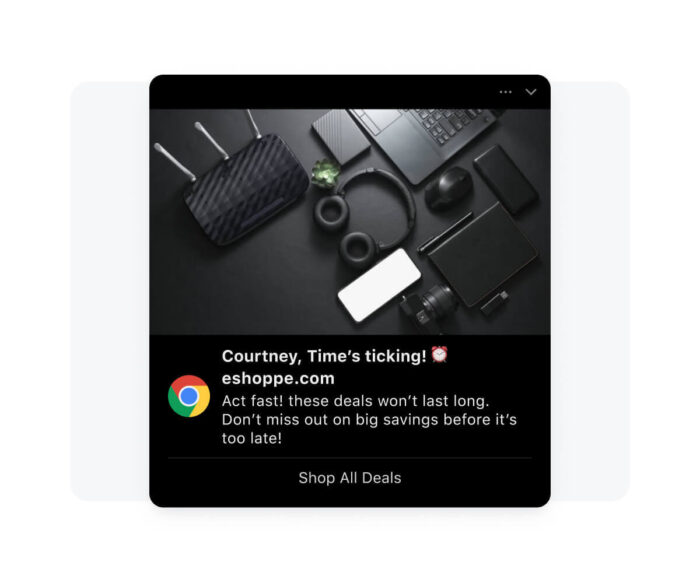
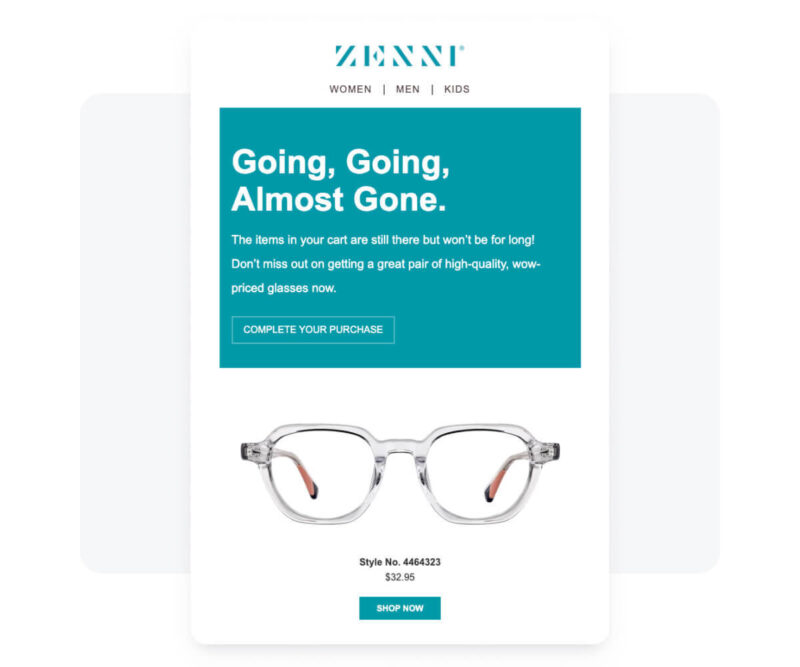
Eyewear solutions provider Zenni taps into Loss Aversion through a well-written cart recovery email. This message grabs user attention by highlighting a specific product they were already considering along with a convenient reminder that it won’t be in stock forever. Reading this, you can almost feel the value slip through your fingers.
This sense of urgency can do wonders for conversion rates — a result Zenni is familiar with. Since migrating to OneSignal, they have doubled their revenue.
Read Zenni case studyPeople don’t just want to buy products; they want to feel part of something meaningful. By fostering a sense of community and shared values, you can help users feel like they’re part of an exclusive group or mission. Tactics that promote this sense of connection include inviting user feedback, showcasing user stories, or creating community-focused events or content.
When you go “beyond the transactional,” people feel involved in your brand journey and they’re more likely to engage repeatedly.
"People don’t buy what you do; they buy why you do it."
— Simon Sinek
By fostering a community where users feel valued and part of a collective, you strengthen user attachment and drive up both engagement and retention rates. Users who see your brand as “their” brand are also more likely to share content, participate in social activities, and even make referrals — all of which contribute to revenue growth and broader brand visibility.
Use language that invites users to join a movement or be part of a community. For instance, “Join the [Brand] family and share your story!”
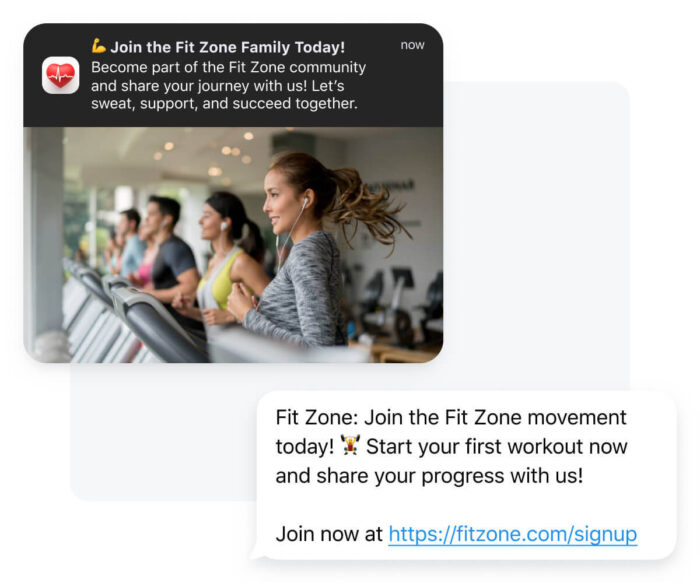
Showcase user-generated content or spotlight “featured members” of the community within your app, fostering a sense of inclusiveness and recognition.
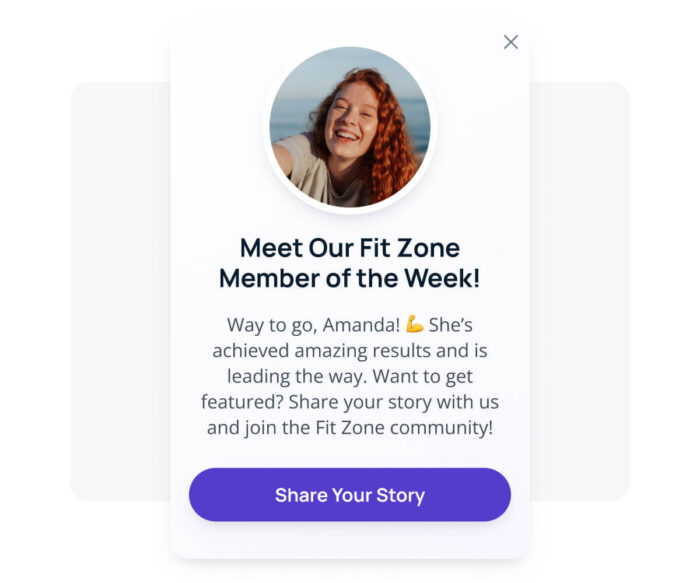
Send tailored content that connects users with stories or achievements of other members of their community, subtly reinforcing that they’re part of a larger family.
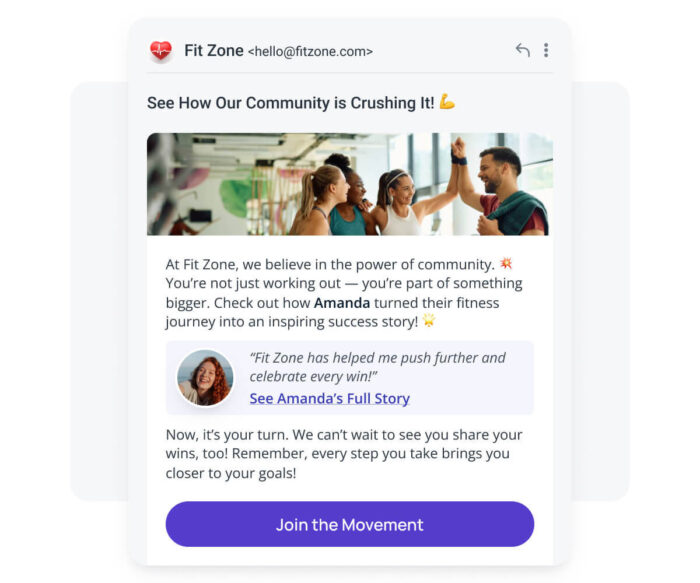
Encourage users to join in on social campaigns or hashtag challenges that highlight community involvement, driving brand engagement across multiple channels.
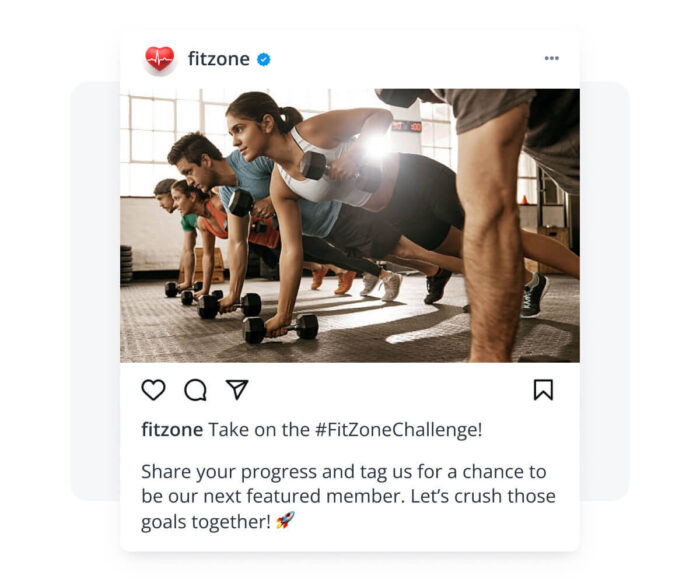
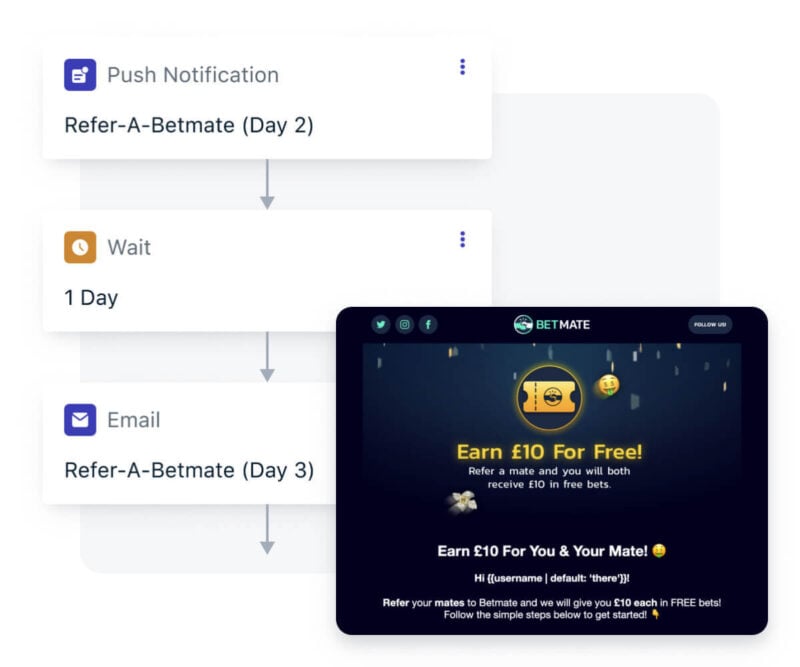
The sports betting app Betmate leverages OneSignal’s Journeys builder to create a compelling cross-channel referral strategy. It not only extends a warm invitation to its community but also incentivizes the message for both the referrer and the friend.
These types of messages not only strengthen user belonging within the brand ecosystem but also encourage grassroots growth, as the referral process drives meaningful signups through existing users.
When users feel they can control aspects of their app experience, they’re more likely to stay engaged over time. Don’t just push content at users, but instead invite them to shape their engagement. Whether it’s selecting notification preferences, personalizing message content, or allowing them to opt in to specific types of notifications, giving users control leads to higher retention, as they’re more likely to perceive your app as user-friendly.
"Tell me and I forget, teach me and I may remember, involve me and I learn."
— Benjamin Franklin
Users who feel in control of their experience are less likely to churn – an environment that can only be cultivated when engagement feels optional rather than forced. To this point, notifications that use personalized content have a 344% higher engagement rate than notifications that don't. As a bonus, a personalized experience leads to increased conversions and revenue, as users receive content that truly resonates with them.
Allow users to opt in to specific notification types—like product updates, offers, or event reminders—so they only receive content that’s relevant to them.
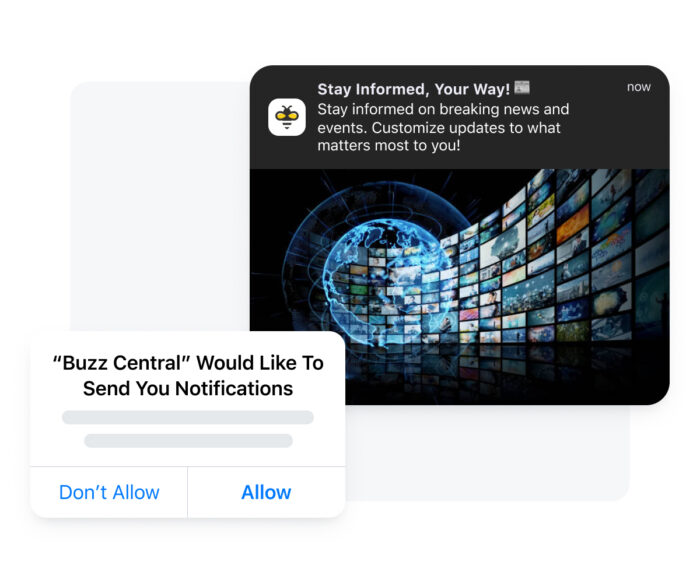
Feature in-app settings that let users adjust content filters, notification styles, or themes, helping them personalize their experience and feel more connected to your app.
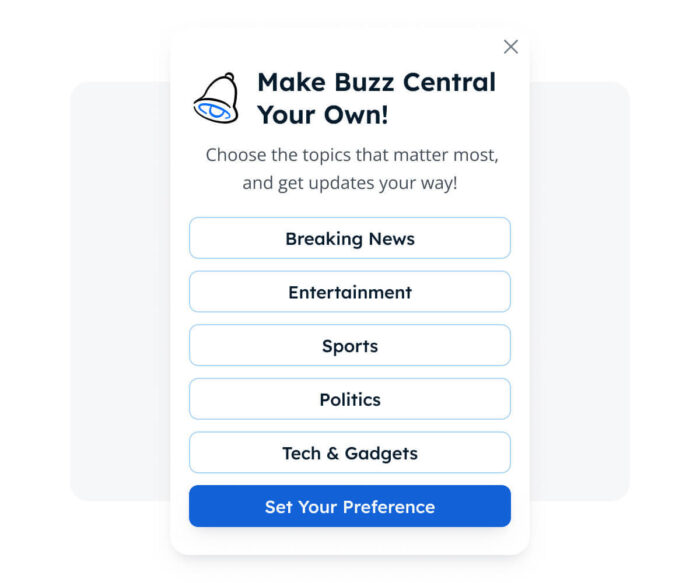
Provide a link in each email that takes users to their preferences, where they can choose the frequency and type of content they wish to receive.
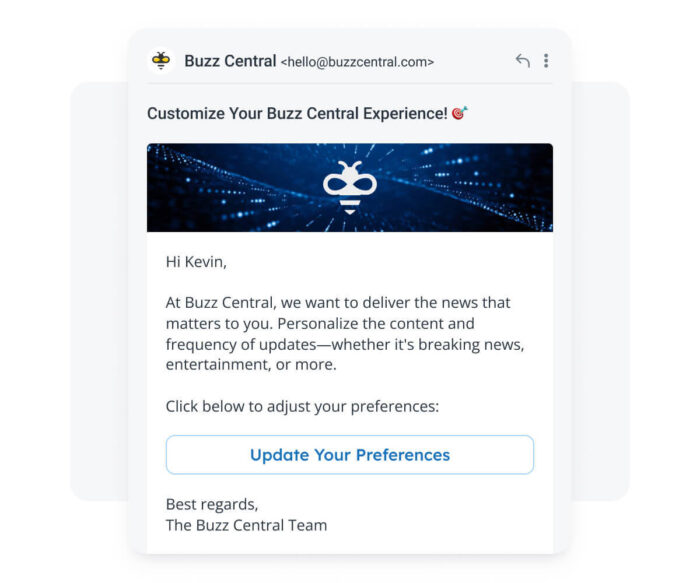
Implement a keyword-based system where users can text specific commands (e.g., “DAILY” or “WEEKLY”) to adjust how often they receive messages, empowering them to manage communication levels directly.
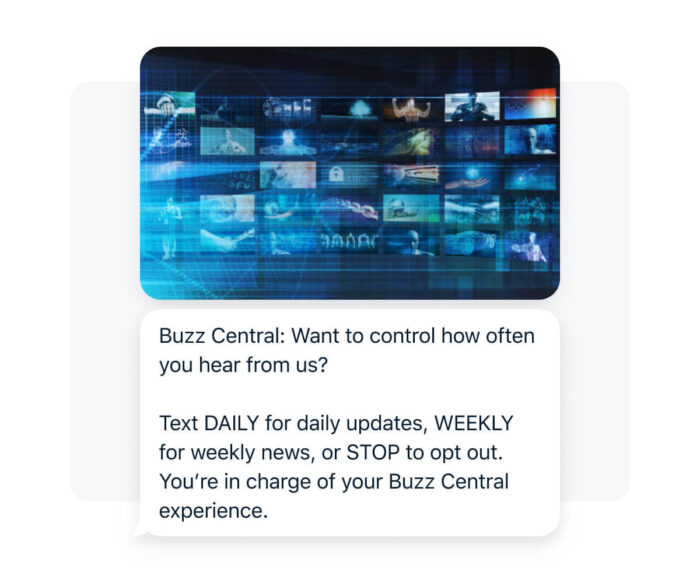
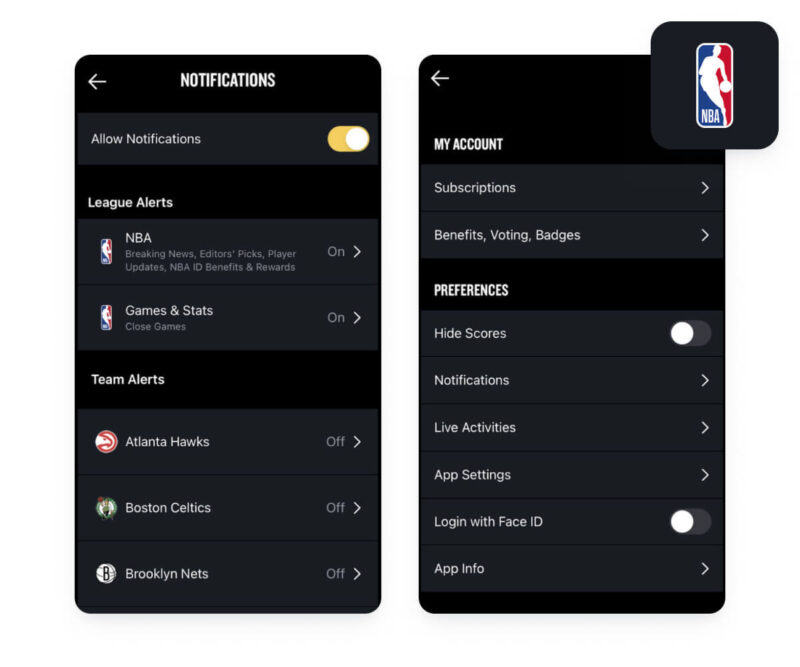
The NBA app's user preference center is a perfect example of the self-determination theory in action. Users are encouraged to choose their favorite team and select which types of notifications they wish to receive. By giving them full control of their experience, the NBA creates a relationship with users built on trust and personalized autonomy — an effective recipe for long-term retention.
By feeding users’ curiosity, you can keep them engaged and encourage repeated interactions with your app, creating a sense of anticipation about what will happen next. The appeal of curiosity is universal — everyone enjoys the thrill of discovering something new. Harness this by designing mobile campaigns that create mystery or anticipation. For example, gradually releasing features, teasing upcoming content, or unlocking exclusive items over time can all spark curiosity and keep users engaged.
"Mystery creates wonder, and wonder is the basis of man’s desire to understand."
— Neil Armstrong
By making users feel as if there’s always something more to explore, you begin to drive both short-term engagement and repeat visits, as users start to look forward to what new elements they’ll uncover next. Leveraging exploratory behavior can also lead to increased revenue (including cross-selling opportunities), as users are more likely to interact with premium features or exclusive content introduced through this approach.
Send teasers about new features or “coming soon” content that piques curiosity, like “Something exciting is on the horizon… stay tuned!”
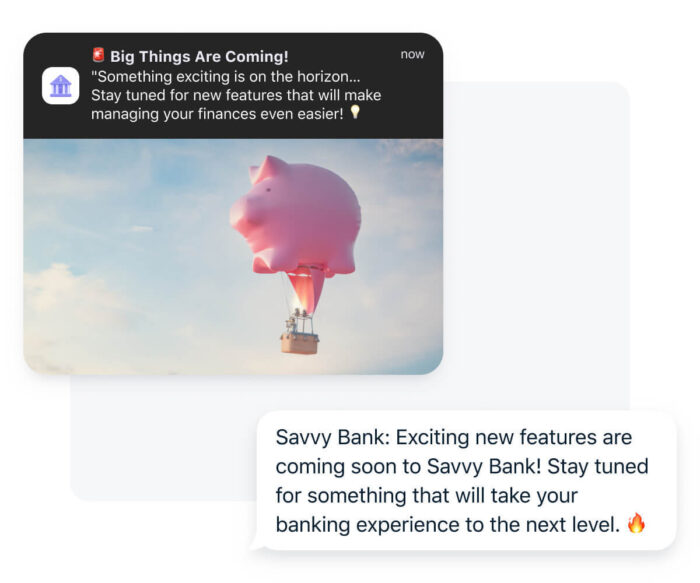
Design an onboarding flow that slowly introduces app features over time, with messages that hint at hidden or advanced options users have yet to explore.
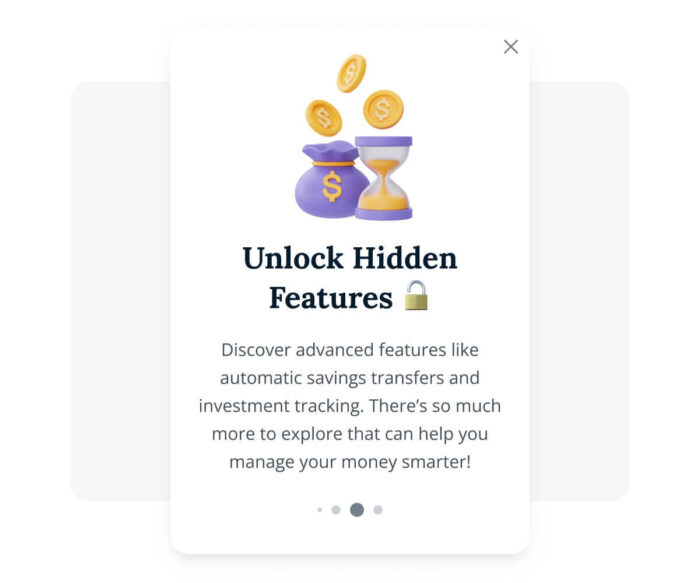
Send periodic updates or “insider previews” of upcoming features or content drops, encouraging users to check back into your app regularly.
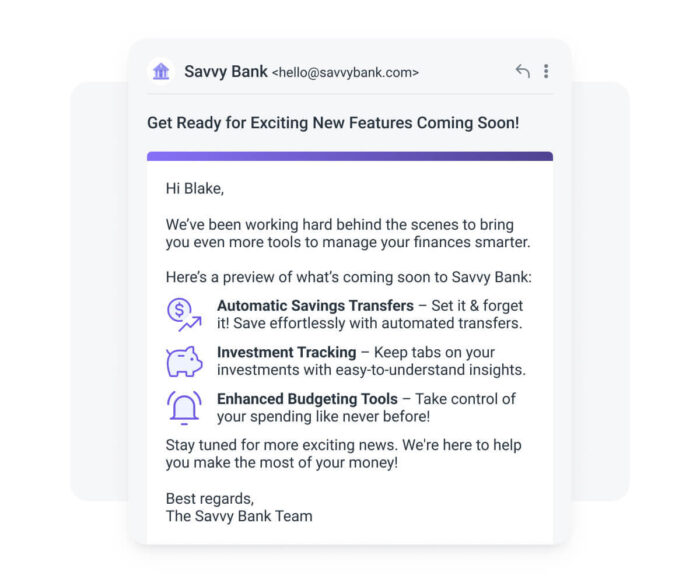
Use web push notifications to highlight new blog content, app updates, or feature launches that invite users back to explore something fresh.
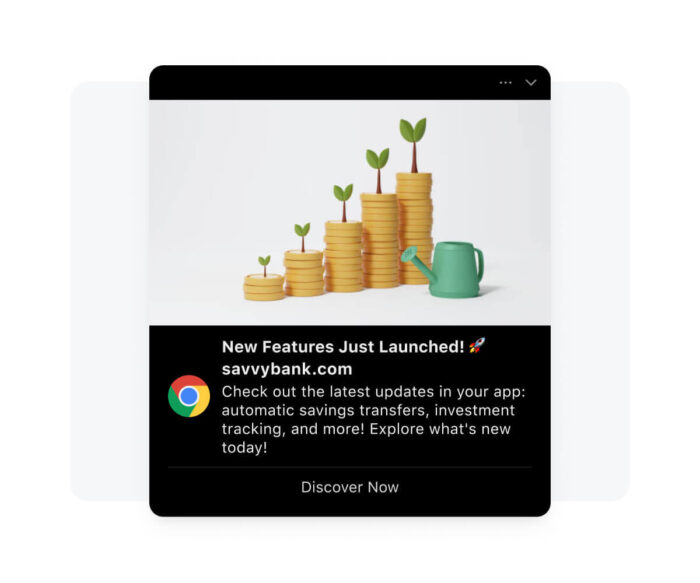
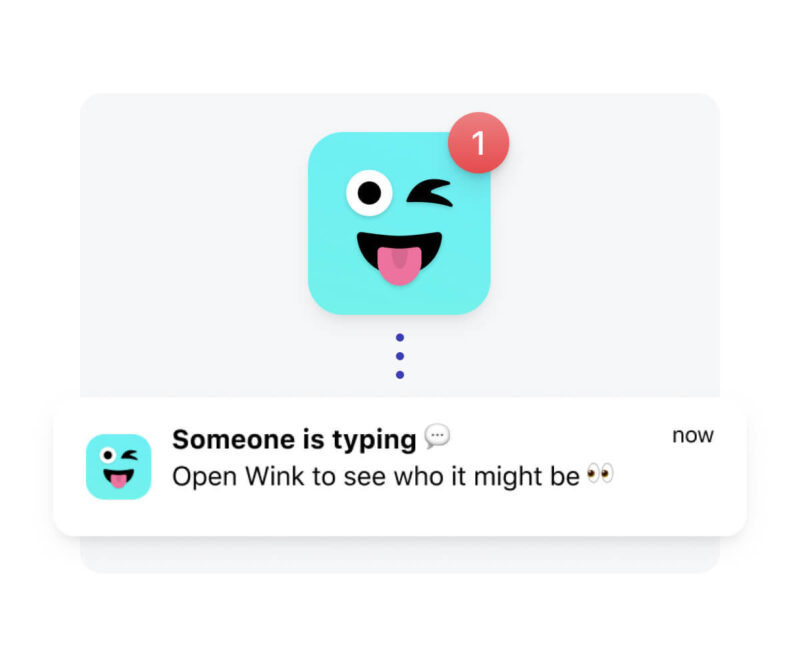
Wink is a social app that leverages the concept of exploratory behavior in a very purposeful way. Rather than giving users all the information at once, these push notifications instead ignite curiosity and build suspense. Recipients know that they are about to receive a message, but they must tap to find out who it’s from. A little bit of playful mystery goes a long way!
Read Wink case studyPeople are naturally drawn to the prospect of rewards, whether tangible or simply the sense of accomplishment they bring. By recognizing and celebrating users’ actions — such as reaching a milestone, completing a daily activity, or referring a friend — you create a feedback loop that keeps users motivated and active.
Leveraging the dopamine reward system means giving users something to strive for that keeps them actively engaged and excited about returning to your app. This concept is known as gamification, and it’s applicable to almost any type of app, not just gaming apps. Whether it’s points, badges, discounts, or exclusive perks, well-timed rewards can build anticipation and transform engagement into a habit.
"What gets rewarded gets repeated."
— Unknown
Capitalizing on the dopamine reward system is a powerful method for increasing session frequency/duration, boosting community engagement, and increasing app loyalty. Users feel invested in their achievements and motivated to keep progressing, which can lead to higher revenue opportunities. Users are also more inclined to unlock premium features or make in-app purchases to reach rewards faster.
Send reminders that celebrate users’ achievements, like “You’re only 2 points away from your next reward!” or “Log in today to earn your daily bonus!”
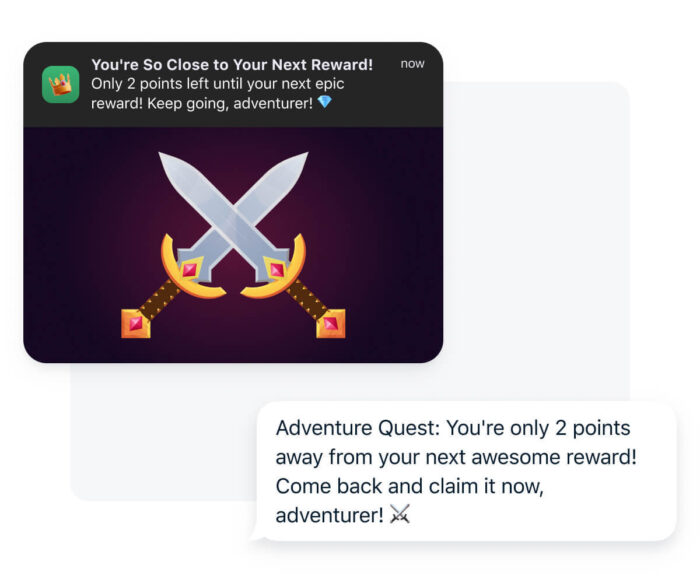
Create challenges or missions with clear goals and rewards, such as daily streaks or milestone badges that make users feel accomplished.
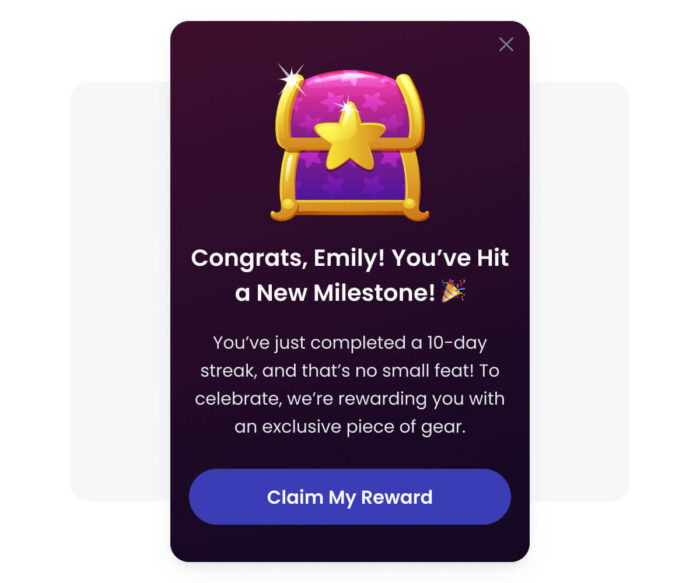
Use email to update users on their progress, such as “You’re halfway to a reward!” or to share monthly reward summaries, making users aware of their standing and encouraging further participation.
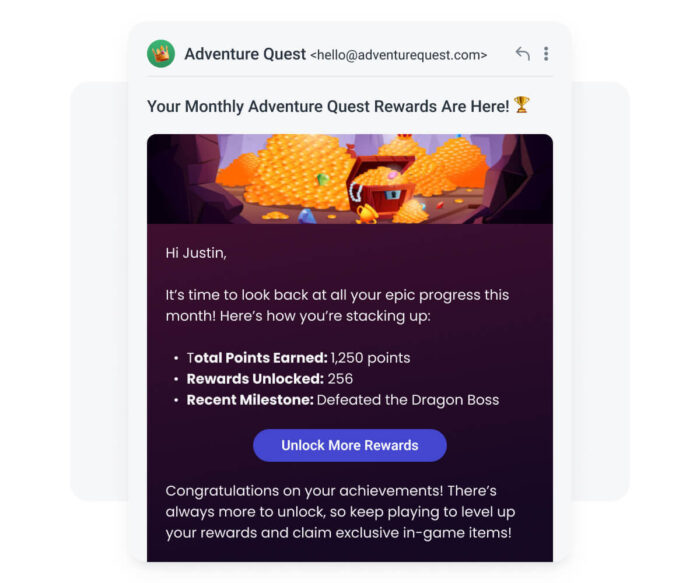
Notify users when they’re close to unlocking rewards or when new achievements are available, prompting them to return to your app to claim their prize.
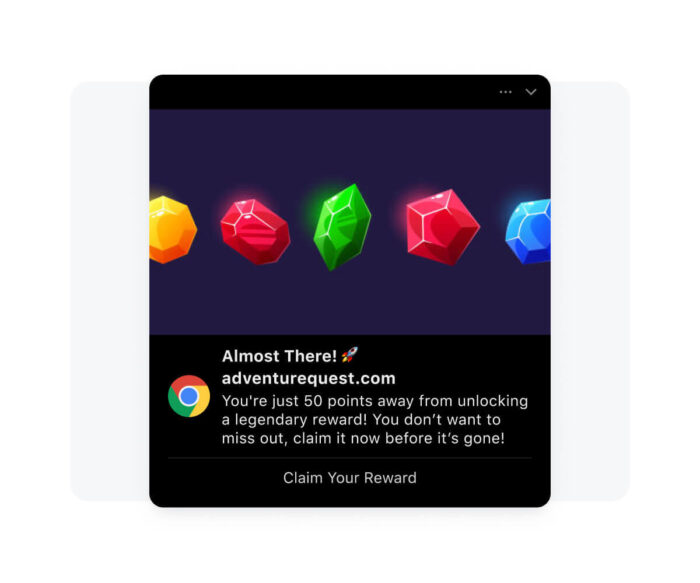
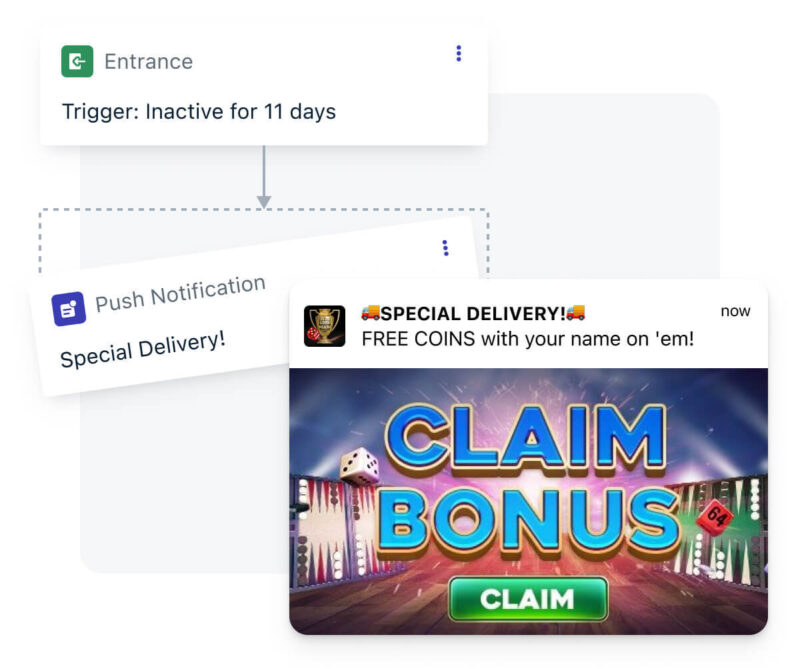
Beach Bum Games taps into users’ natural reward-seeking behavior with this re-engagement campaign using OneSignal Journeys. As inactive users are rewarded for returning, they begin to associate their achievements with their time in the app, resulting in an engagement-reward loop… otherwise known as retention!
As Beach Bum Games saw a 140% increase in paid user activation just 10 days after moving their user reactivation and retargeting messages into a OneSignal Journey.
Read Beach Bum Games case study
By embedding brand-relevant hints or familiar elements into content, you can shape how users perceive future offers or features, making them more receptive to calls to action. Leveraging the priming effect is about introducing users to concepts, values, or benefits in advance, so that when a particular campaign or product launches, it feels familiar and desirable.
Priming works best when it’s subtle. Users might not consciously notice brand cues embedded in content, but over time, these cues influence their expectations and behaviors. For instance, sharing stories about or “around” a new feature’s benefits before its release can make users more eager to try it out when it goes live. By regularly exposing users to familiar ideas or messages, you create a sense of consistency that builds trust and keeps users engaged.
"The more often we see something, the more we believe in it."
— Robert B. Zajonc
By priming users with carefully curated content and subtle brand cues, you can expect to see a smoother path to engagement and conversion when a campaign is officially launched. Users who are primed to recognize the brand’s messages are more likely to interact with content, adopt new features, and develop stronger brand recall moving forward.
Send short, casual updates or facts that align with an upcoming launch, creating anticipation. For example, “Did you know? Our new feature will help you [key benefit]—more details soon!”
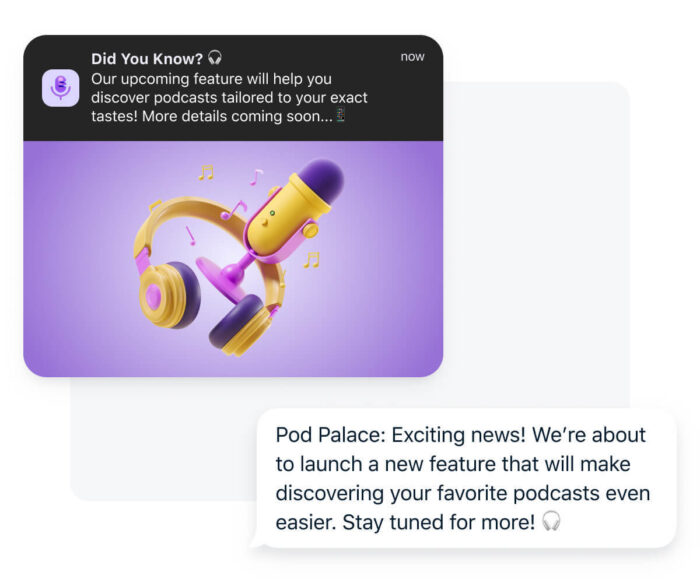
Design in-app messages with visuals, colors, or phrases that match the branding of a forthcoming product, familiarizing users with the new feature’s look and feel before its release.
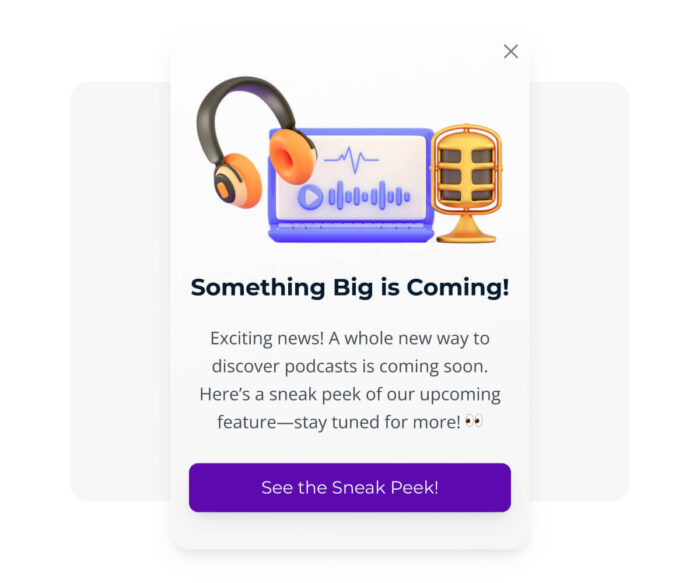
Launch a content series related to a new product or service, with articles or videos that educate users on key benefits, priming them for the official launch.
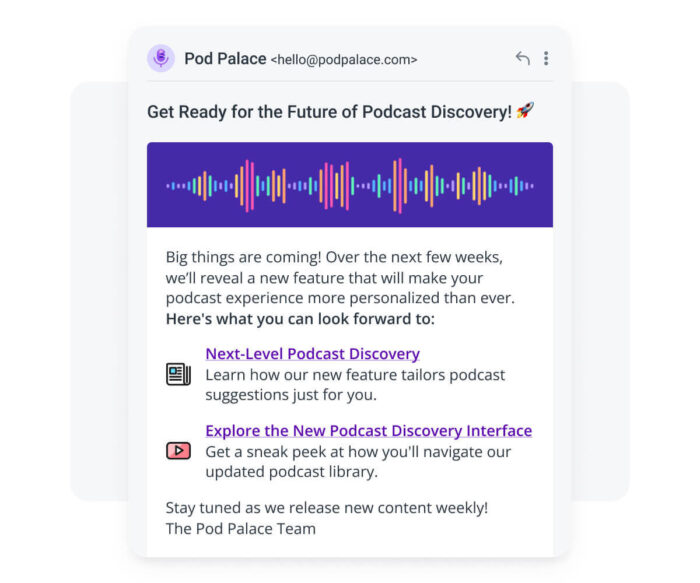
Post teasers or “behind-the-scenes” content on social channels, shared via notifications, to introduce users to the concepts and benefits they’ll see in future updates or products.
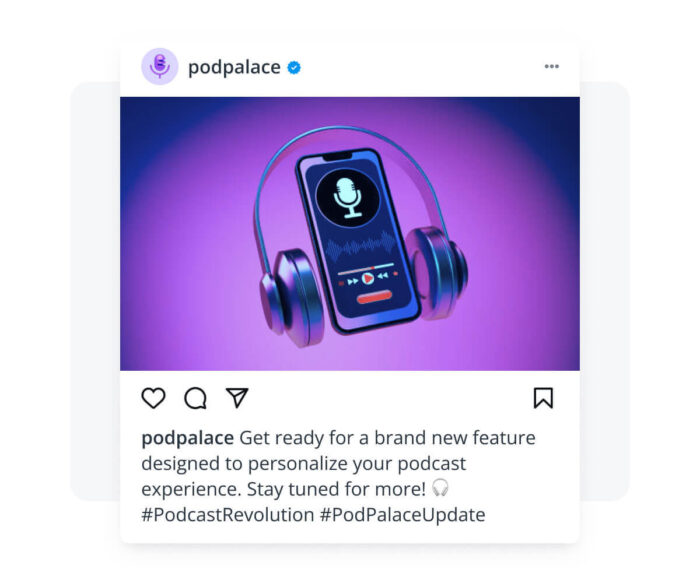
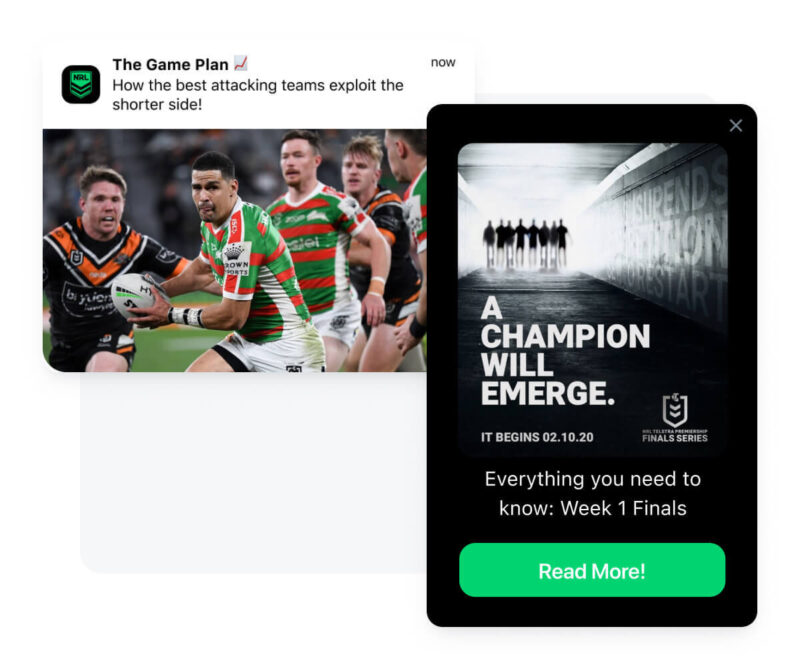
In the above example, The National Rugby League primes its users for engaging with an upcoming event by curating content that aligns with the lead-up to the event. By creating a trail of “mental breadcrumbs,” this strategy introduces users to the idea that the National Rugby app is the go-to place for everything they want to know about the upcoming finals.
Read The National Rugby League case study
When users are presented with a wide array of choices — whether it’s products, content, or actions — they may feel anxious or indecisive, often resulting in inaction. By simplifying choices and presenting clear, tailored recommendations, you make it easier for users to make decisions, increasing the likelihood of engagement and conversion.
This can be achieved by personalizing content to match individual user preferences, using data-driven recommendations, and guiding users toward the most relevant choices. Reducing complexity and highlighting a single action or product not only alleviates decision fatigue but also improves the user’s perception of your app as helpful and efficient.
"People do not decide their opinions; they align with those around them."
— Bertrand Russell
Implemented successfully, harnessing the social validation theory can result in higher click-through rates, as users feel reassured by others’ positive experiences and are more motivated to explore featured content. Additionally, the increased trust and credibility fostered by community-driven content often leads to more user referrals and organic growth, as satisfied users are more likely to recommend your app to others.
Send personalized recommendations for a single product or piece of content based on previous behavior, such as “We think you’ll love this feature!” instead of offering multiple options.
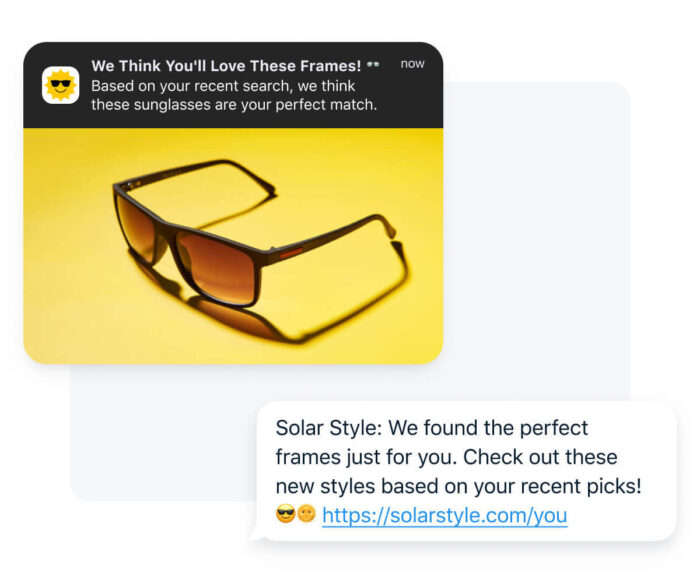
Use dynamic content blocks to display curated content or products tailored to each user’s past interactions, removing irrelevant options.
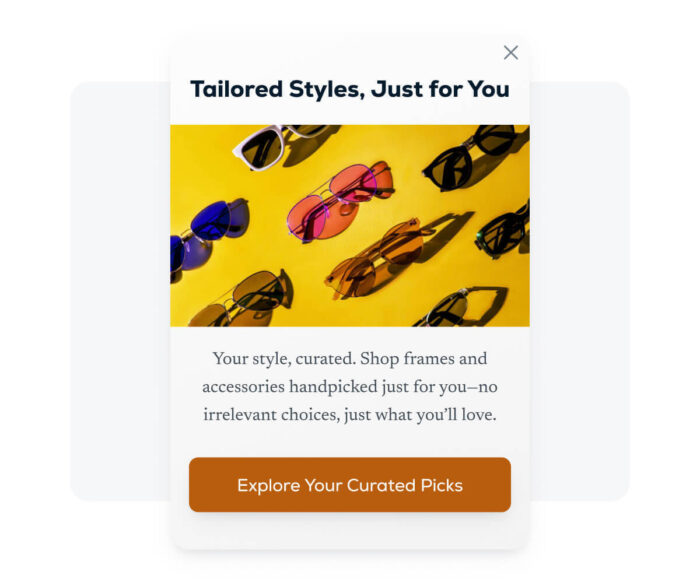
Implement simplified product or content recommendations based on user preferences, such as “Recommended for You” sections with no more than three top items.
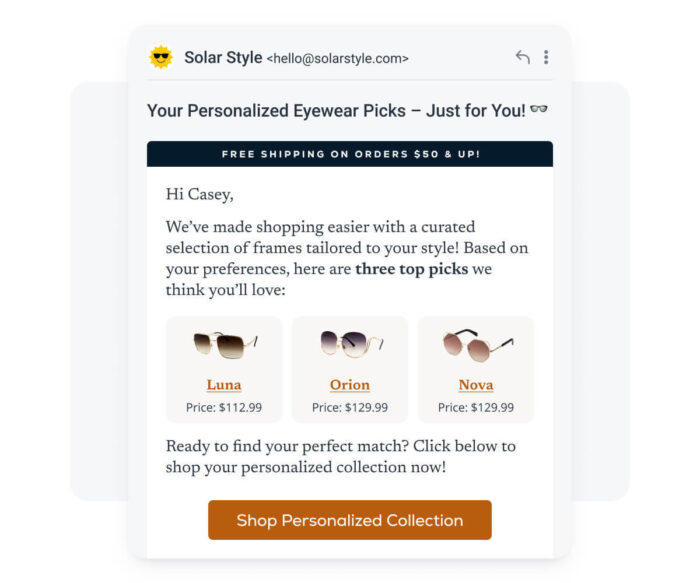
Notify users about a single high-priority action, like completing a checkout or viewing a top-rated item, rather than overwhelming them with multiple choices.
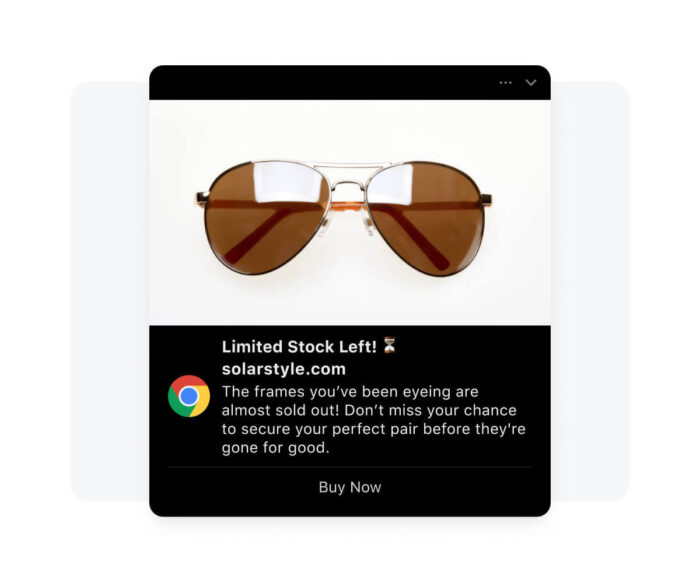
To see what personalization looks like in practice, for a variety of different app verticals, check out this Mobile App Personalization Companion.
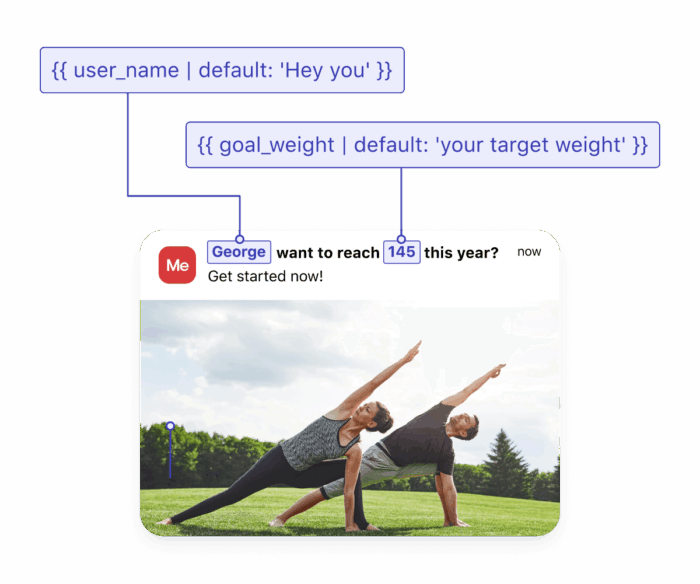
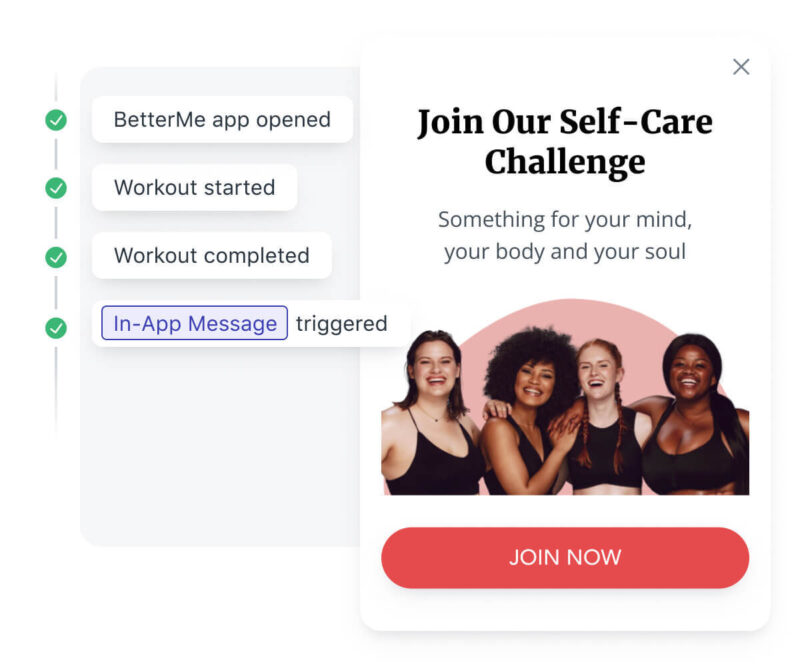
BetterMe, a fitness and lifestyle app, uses in-app triggers to present users who have completed their workouts with relevant challenges to tackle next. Rather than waiting for users to get stuck in choice paralysis, they remove this barrier with personalized suggestions to simplify the decision-making process and streamline engagement.
These types of messaging automations not only improved the user experience but also saw BetterMe double its click-through rates.
Read BetterMe case study
People look to others’ behaviors as a guide, especially when making choices or exploring new products. By showcasing popular items, top-rated content, or recommendations from other users, you reduce hesitation and create a sense of community. This sense of belonging to a larger community fosters real results. The presence of testimonials and user-generated content (UGC) has been shown to boost conversions by up to 34% on sales pages.
Social proof such as reviews, testimonials, or user-generated content is a powerful tool for boosting engagement. Leverage social proof across channels by emphasizing elements like ratings, trending products, and community-driven content. When users see that others have had positive experiences, they’re more inclined to follow suit, making them more likely to engage, convert, and stay loyal.
"A wealth of information creates a poverty of attention."
— Herbert A. Simon
When you reduce the likelihood of abandonment due to indecision, you improve conversion rates by making decisions feel much more manageable. By addressing the paradox of choice, you can expect smoother user journeys, higher retention rates, and stronger brand loyalty, as users associate your app with a streamlined, hassle-free experience.
Send notifications featuring popular items or “top picks” that highlight what others are currently choosing, such as “This item is trending among users like you!”
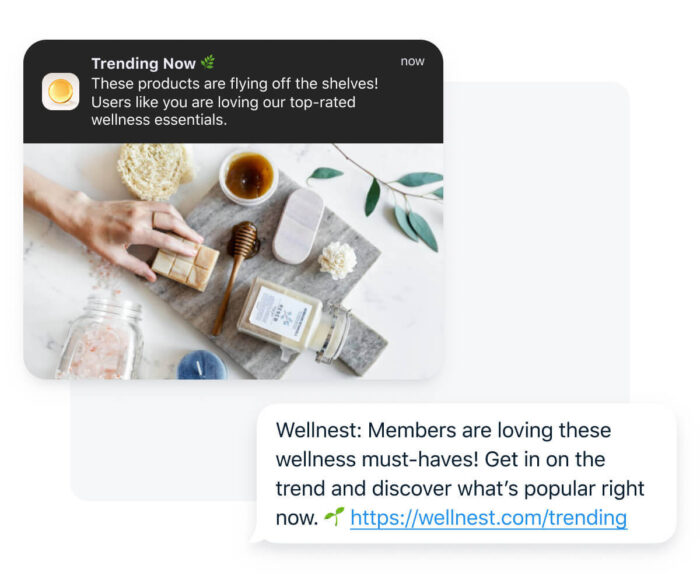
Display “Most Viewed” or “Top-Rated” badges on products or content within your app, so users see what’s popular among their peers.
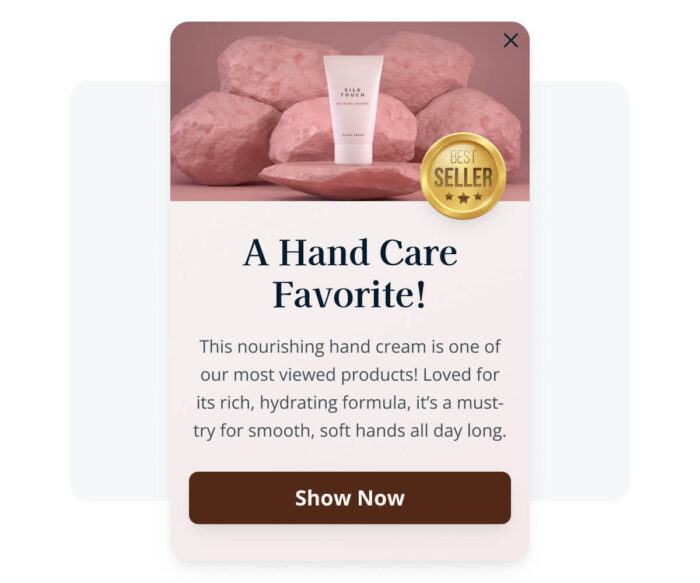
Include sections in email newsletters that feature customer testimonials, trending products, or a “Best of” list, showing users what’s popular with others.
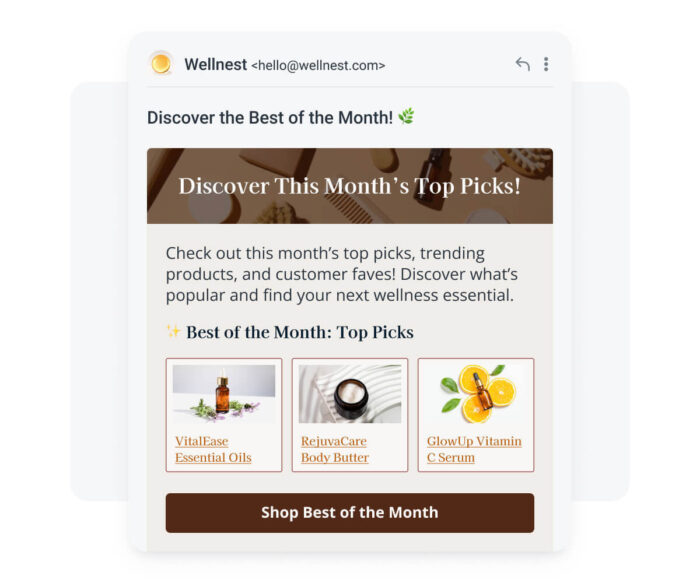
Send notifications when a user views a product, indicating that it’s “Highly Rated” or “Popular This Week,” which adds a layer of validation to their browsing experience.
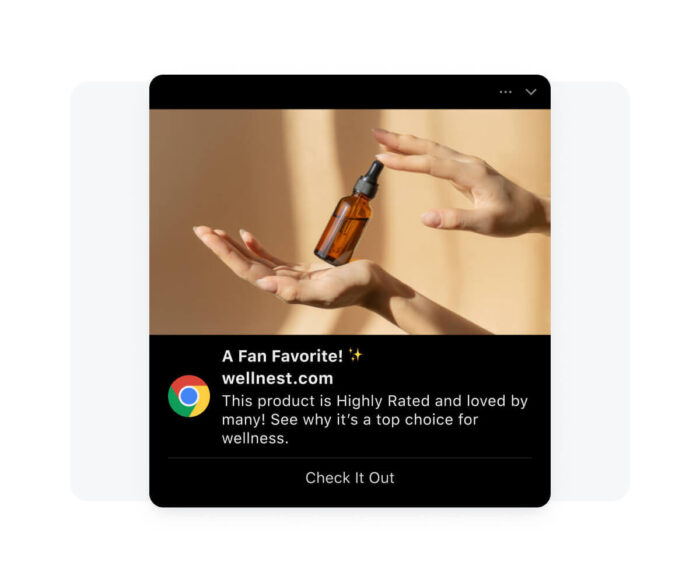
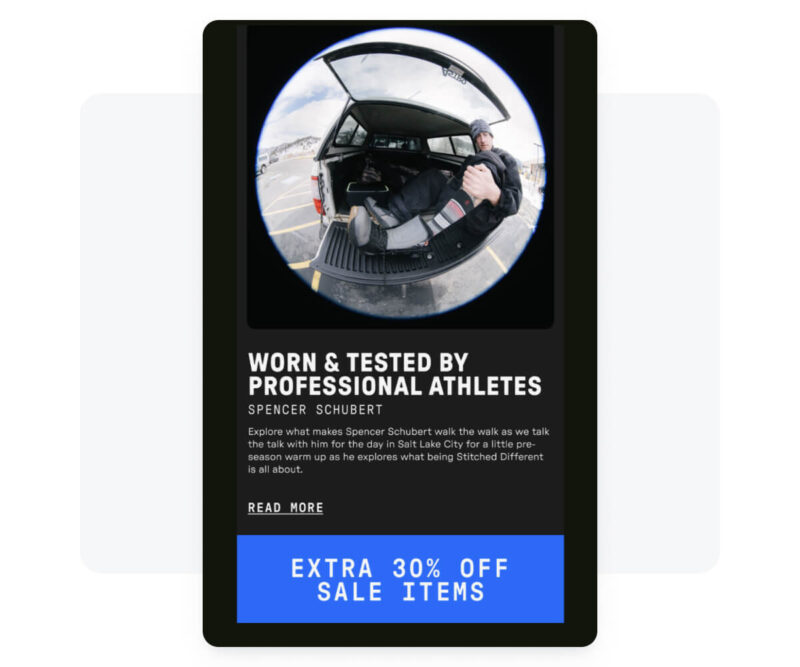
Leveraging social validation theory through a specific influential figure can be just as impactful as showcasing the size of a brand’s customer base because it taps into the power of authority and relatability.
This mobile email from the expressive apparel brand Stance leans on the influence of a professional snowboarder to reinforce brand credibility and create a personal connection that resonates with their target audience. A well placed endorsement can create endless aspirational appeal!
As we discussed above with loss aversion, users are motivated to avoid loss, especially when they perceive something valuable might disappear. The difference between the two? Loss aversion focuses on the emotional impact of potential loss, where scarcity drives value through exclusivity.
By embedding urgency into messaging, you can capitalize on this driver to nudge users toward completing actions like purchases or sign-ups. This is especially effective in driving conversions and engagement around the holidays, as users feel compelled to take advantage of a fleeting opportunity. This “get it before it’s gone” mentality can be applied across channels by highlighting countdowns, limited stock notifications, or exclusive windows.
"Wanting something that’s in short supply makes you want it even more."
— Robert Cialdini
When users feel a sense of urgency, they’re more likely to engage and make decisions quickly, increasing conversion rates and immediate interactions. Leveraging scarcity helps boost short-term revenue and average order value (AOV) as users act faster to avoid missing out on something valuable.
Send notifications with phrases like “Hurry! Only a few items left!” or “Just a few hours remaining to claim your offer!” to create urgency.
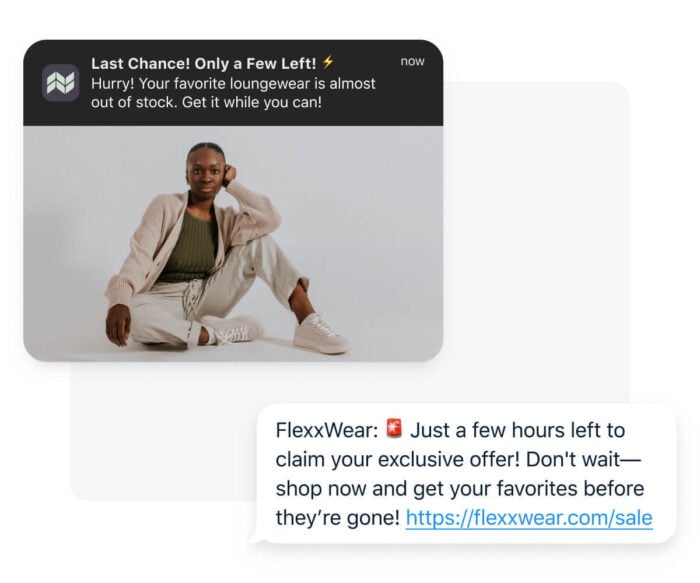
Feature countdown timers or low-stock alerts for exclusive products or offers within the app, nudging users to act fast.
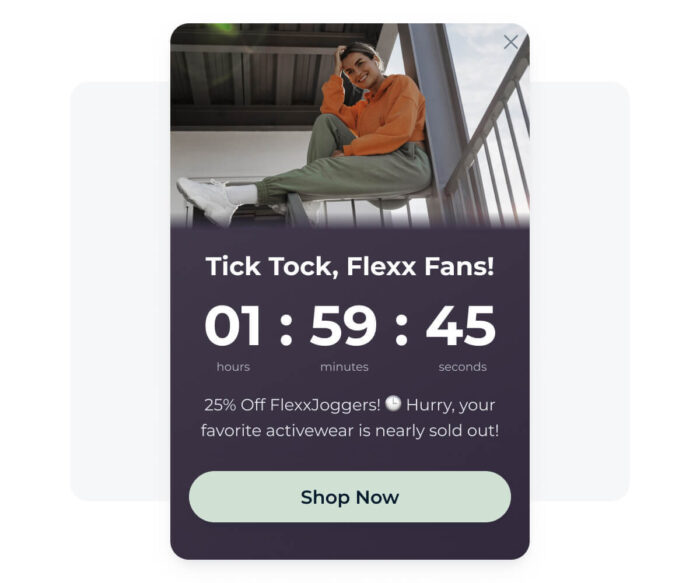
Include limited-time offers or reminders of expiring discounts in abandoned cart or re-engagement emails, reinforcing the sense of scarcity.
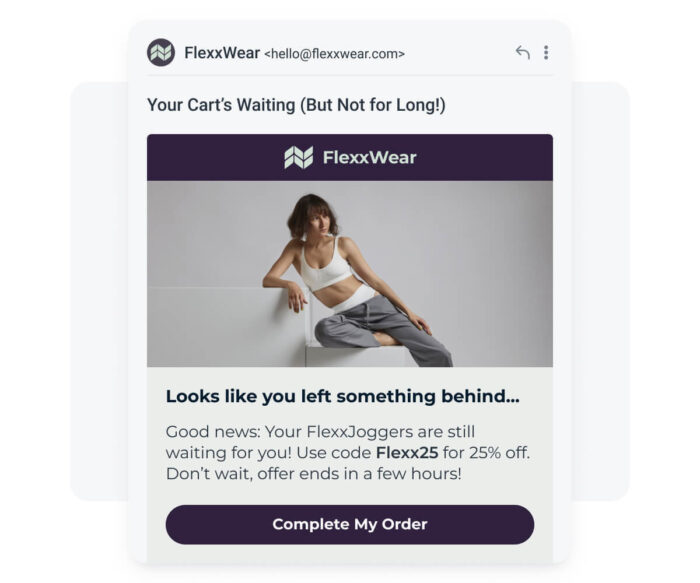
Notify users of limited stock or flash sales when they visit specific product pages, encouraging immediate action to secure the item.
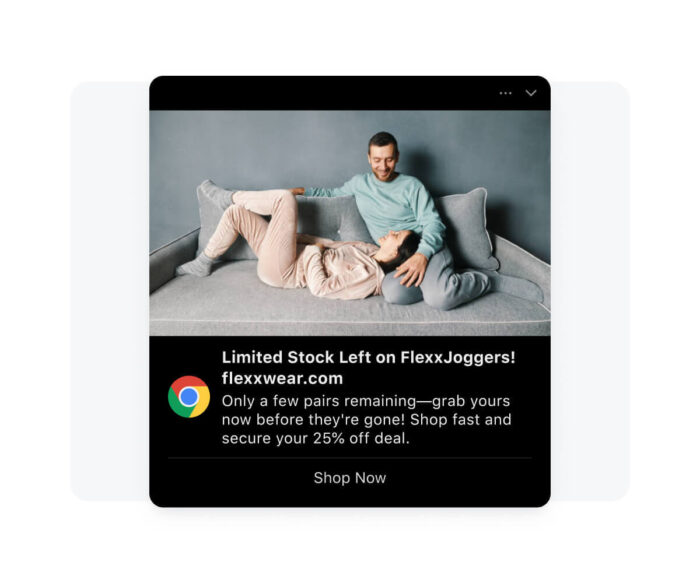
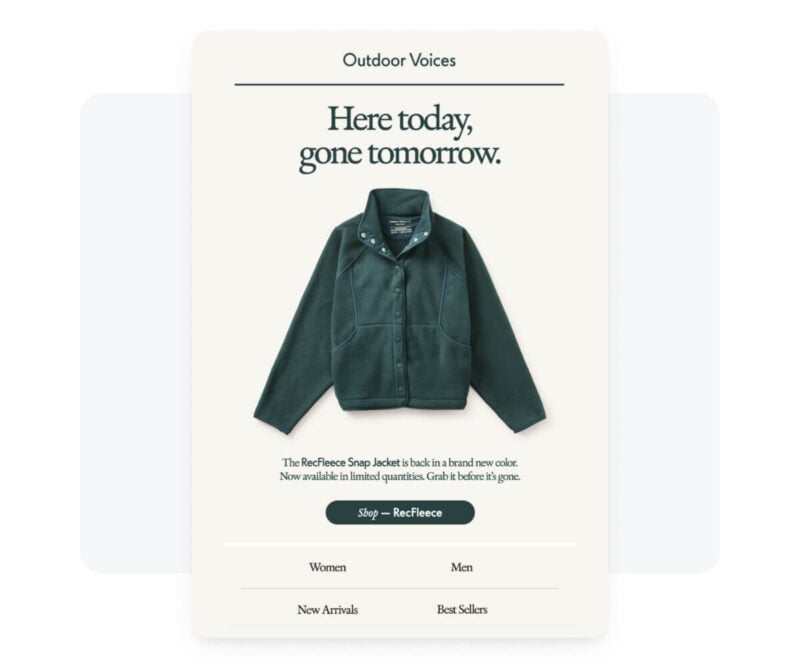
This mobile email from Outdoor Voices showcases some stellar copy emphasizing the limited-time nature of their product. It’s simple but a great example of how effective a few lines of well-written content can be when promoting exclusive offers. The “ticking clock” mentality is perhaps your most impactful tool as a marketer — use it!
People are naturally inclined to respond in kind when they receive something of value. For example, 64% of loyalty program members are willing to spend more money to maximize points earnings.
By offering users exclusive perks or valuable resources, you can encourage ongoing engagement and motivate users to take action as a way of “giving back.” This approach not only increases immediate engagement but also fosters a sense of loyalty, as users view your brand as generous and user-centric.
Leveraging reciprocity involves providing users with upfront value that’s relevant and appealing. This includes welcome offers, early access to new features, or additional resources that solve a user’s problem.
"What goes around, goes around, goes around, comes all the way back around."
— Justin Timberlake
By activating reciprocity, you create a cycle of goodwill that enhances the user experience, improves purchase frequency, boosts customer lifetime value (LTV), and increases the likelihood of users sharing data (with the implied expectation of future rewards).
Send personalized discount codes, limited-time offers, or early access invitations to reward users for their loyalty and encourage future engagement.
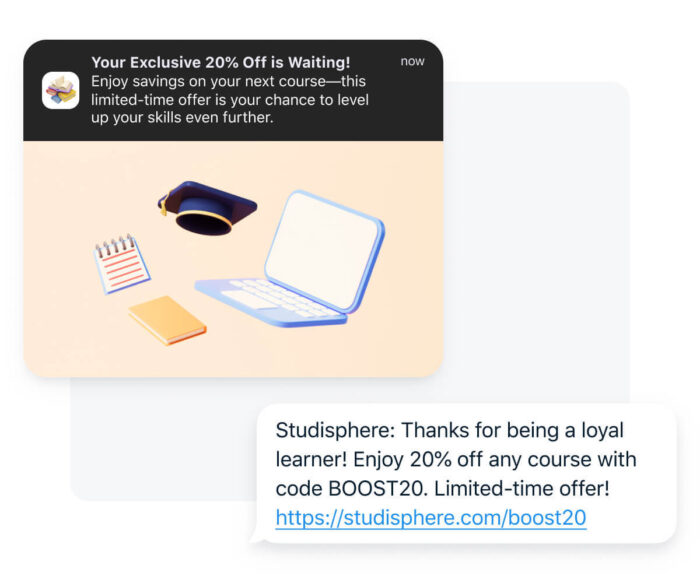
Offer exclusive content or access to special features for frequent users, reinforcing the feeling of receiving something valuable.
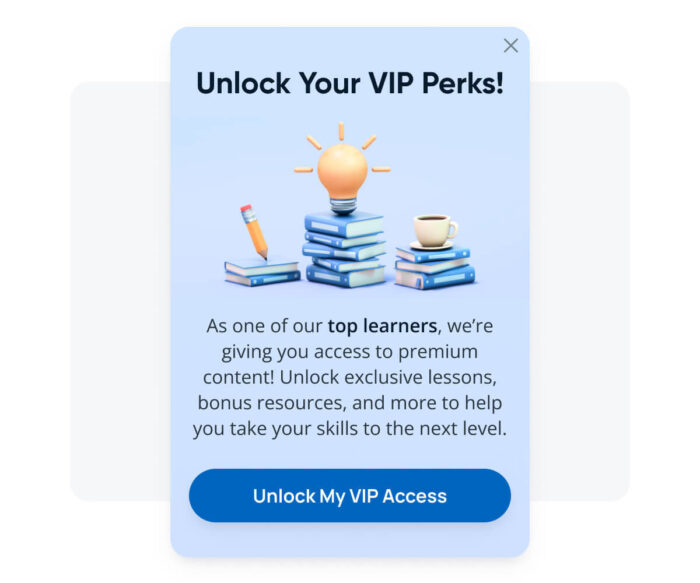
Send welcome emails with special perks like free trials, discount vouchers, or downloadable resources that help users get started and feel appreciated.
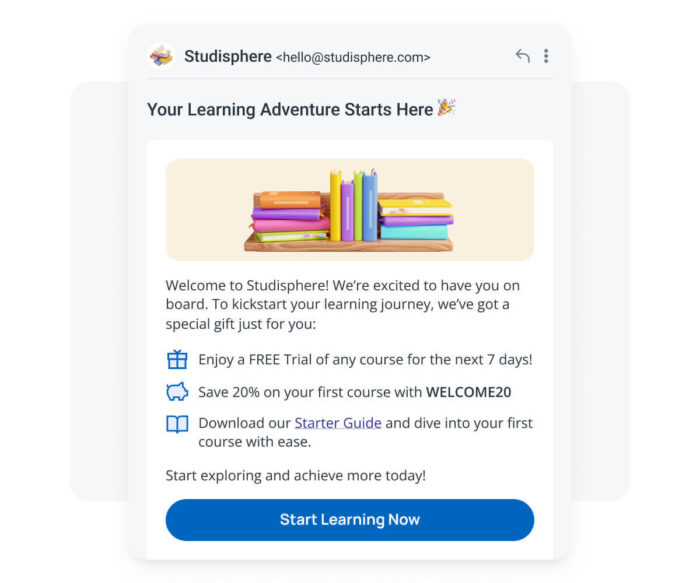
Use web push notifications to offer users an incentive, such as a 10% discount or free content download, as a thank you for visiting the site or interacting with recent content.
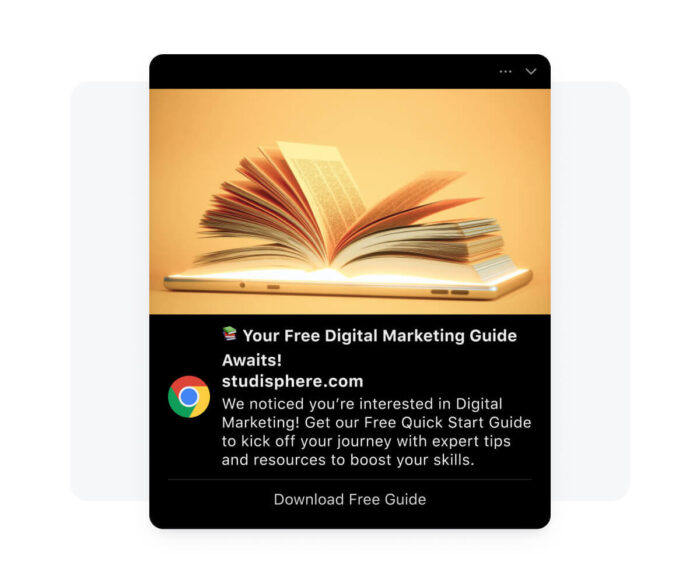
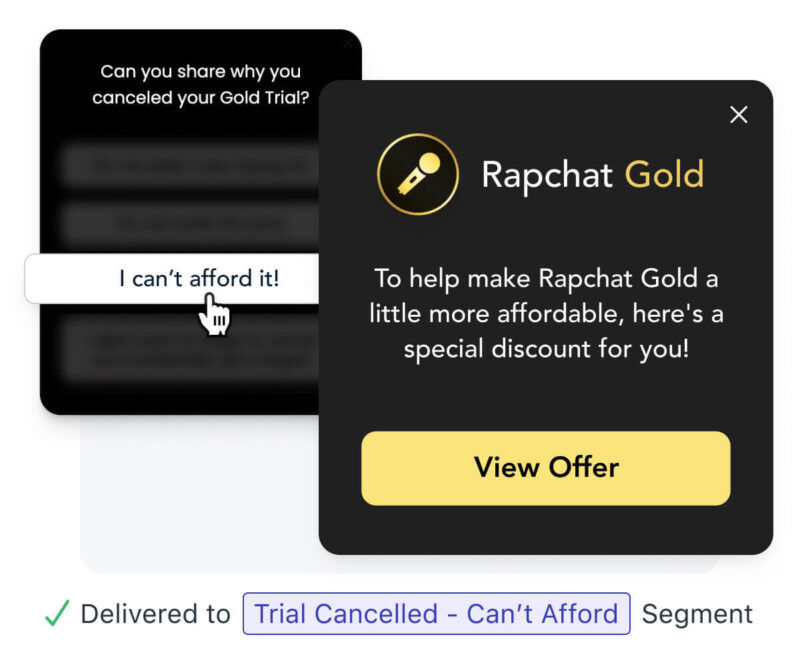
Rapchat is a music-making app that cleverly implements the norm of reciprocity into its messaging. By triggering in-app follow-ups to users who declined premium service, Rapchat extends a complimentary discount as a sign of good faith. By directly addressing users’ barriers to entry and offering something of value before they commit to a sale, this strategy drastically increases the likelihood of a conversion.
Read Rapchat case studyDid you know that one out of every five apps chooses OneSignal for their mobile engagement solution? To make the most of the psychological insights detailed in this guide, OneSignal offers a powerful platform that seamlessly brings these principles to life. With features that automate optimal send times, prevent over-messaging at scale, and allow you to orchestrate whatever sort of cross-channel magic you can imagine, we built this platform to help you build relationships.
It doesn’t matter if you’re launching a new feature, nurturing community, or enhancing user retention, OneSignal provides everything you need to turn each interaction into a compelling, and actionable experience for your users. We even let you get in on the fun for free, so you can make an informed decision for your next mobile engagement solution.
Get going in a matter of minutes